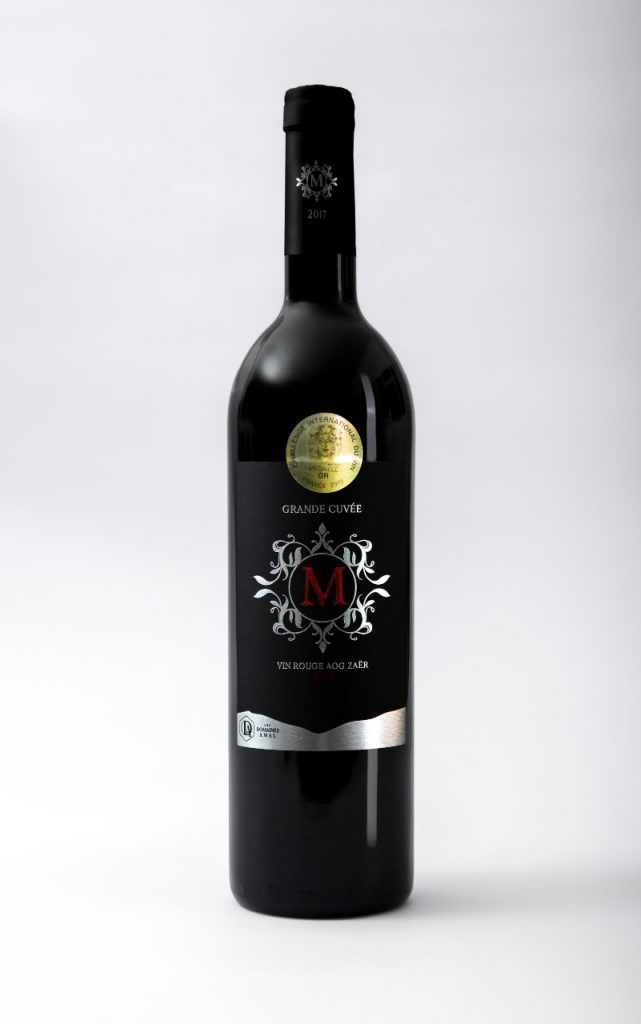
Les Domaines AmalBermil No. 7 Cabernet Sauvignon
This wine generally goes well with
The Bermil No. 7 Cabernet Sauvignon of the Les Domaines Amal is in the top 0 of wines of Rabat/Casablanca.
Details and technical informations about Les Domaines Amal's Bermil No. 7 Cabernet Sauvignon.
Discover the grape variety: Mérille
Originally from the Tarn-et-Garonne, the merille is a member of the cotoïdes family. It has long occupied the vineyards of Bergerac. It is often planted with négrette N or côt N. Nowadays, it is only grown on a hundred hectares in all. The young leaves of the Merille are heart-shaped. Its bunches are larger than average. The berries are bluish-black in colour and are also large and tightly packed. Merillas are associated with a regular and high production. It is often exposed to attacks by grape worms, leafhoppers and mites. It also fears grey rot but is not very sensitive to powdery mildew and mildew. This variety has 3 approved clones, not yet multiplied, namely 790, 445 and 444. It does not like soils with excessive humidity. It buds early and ripens later. Merille produces a light, not very aromatic, flat and simple wine.
Informations about the Les Domaines Amal
The Les Domaines Amal is one of of the world's greatest estates. It offers 8 wines for sale in the of Rabat/Casablanca to come and discover on site or to buy online.
The wine region of Rabat/Casablanca
The wine region of Rabat/Casablanca of Morocco. Wineries and vineyards like the Domaine des Ouled Thaleb or the Domaine La Ferme Rouge produce mainly wines red, pink and white. The most planted grape varieties in the region of Rabat/Casablanca are Cabernet-Sauvignon et Tempranillo, they are then used in wines in blends or as a single variety. On the nose of Rabat/Casablanca often reveals types of flavors of cherry, oak or prune and sometimes also flavors of cinnamon, cheese or dark fruit.
The word of the wine: Presses
The juice that results from pressing the grapes after fermentation. At the end of the maceration, the vats are emptied, the first juice obtained is called the free-run wine and the marc remaining at the bottom of the vat is then pressed to give the press wine. We say more quickly "the presses". Their quality varies according to the vintage and the maceration. A too vigorous extraction releases the tannins of pips and the wine of press can then prove to be very astringent. Often the winemaker raises it separately, deciding later whether or not to incorporate it totally or partially into the grand vin.









